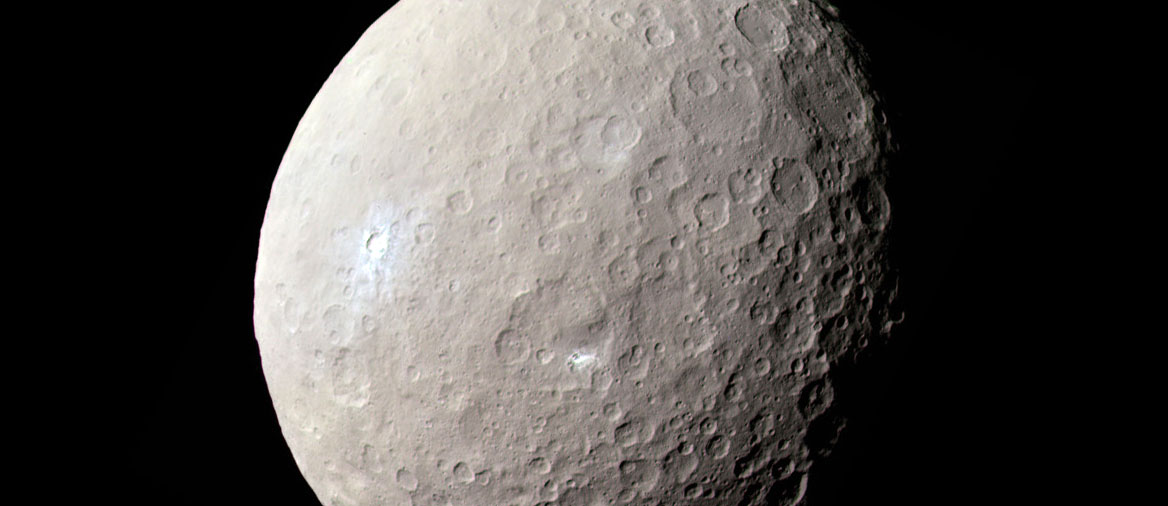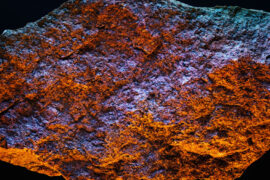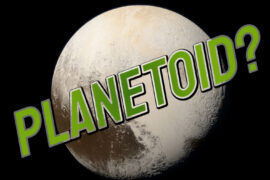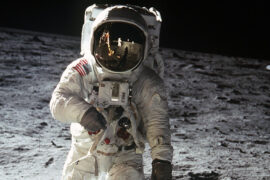In our Solar System, there are objects of all kinds of sizes. Making classifications for them can be challenging and the lines between categories can be sometimes a bit blurry. This is especially true when it comes to planetoids, the most controversial category of objects.
The reason why they are so controversial is that they sit somewhere in the middle of other categories so scientists are constantly fighting about whether an object belongs to one classification or the other. The most popular example of this is Pluto which was once considered a planet but now is a planetoid although many people keep fighting over it.
In this article, we’ll try to understand what is a planetoid, its characteristics, and how are they formed so we can learn more not just about them, but about planets and the rest of the Solar system.
What are planetoids?
Planetoids, also known as dwarf planets or minor planets, are celestial bodies that orbit the Sun. They can be made of a combination of rock, ice, and metal and they are mostly defined by their size. Planetoids are smaller than planets but larger than asteroids.
The known planetoids in the Solar system are found near two areas. The asteroid belt – located between the orbits of Mars and Jupiter -, and the Kuiper belt which is also a belt of asteroids that is found beyond Neptune, in the outer edges of the Solar system.
Even though the term planetoids is generally accepted, “dwarf planets” is the most commonly used synonym to refer to them.
How Do Planetoids Differ from Planets and Asteroids?
Size and Mass:
Planetoids occupy an intermediate size range. While they are significantly larger than most asteroids, they are much smaller than the major planets in our solar system, such as Earth, Jupiter, or even Mercury, the smallest of the planets.
For comparison, the largest planetoid, Pluto, has a diameter of just 2/3 the smallest planet, Mercury. The differences become much larger when we talk about the other planets.
Orbital Characteristics:
Planetoids, like planets, follow nearly spherical orbits around the Sun. This distinguishes them from most asteroids, which often have more irregular and eccentric (elongated) orbits.
No Gravitational Dominance:
Unlike planets, planetoids do not have sufficient gravitational dominance in their orbital neighborhood to clear out debris and other objects. This is a key criterion used to differentiate between a planet and a planetoid and it is the reason why Pluto was “demoted” in 2006 from its planet status and is now known as a planetoid.
Formation of Planetoids
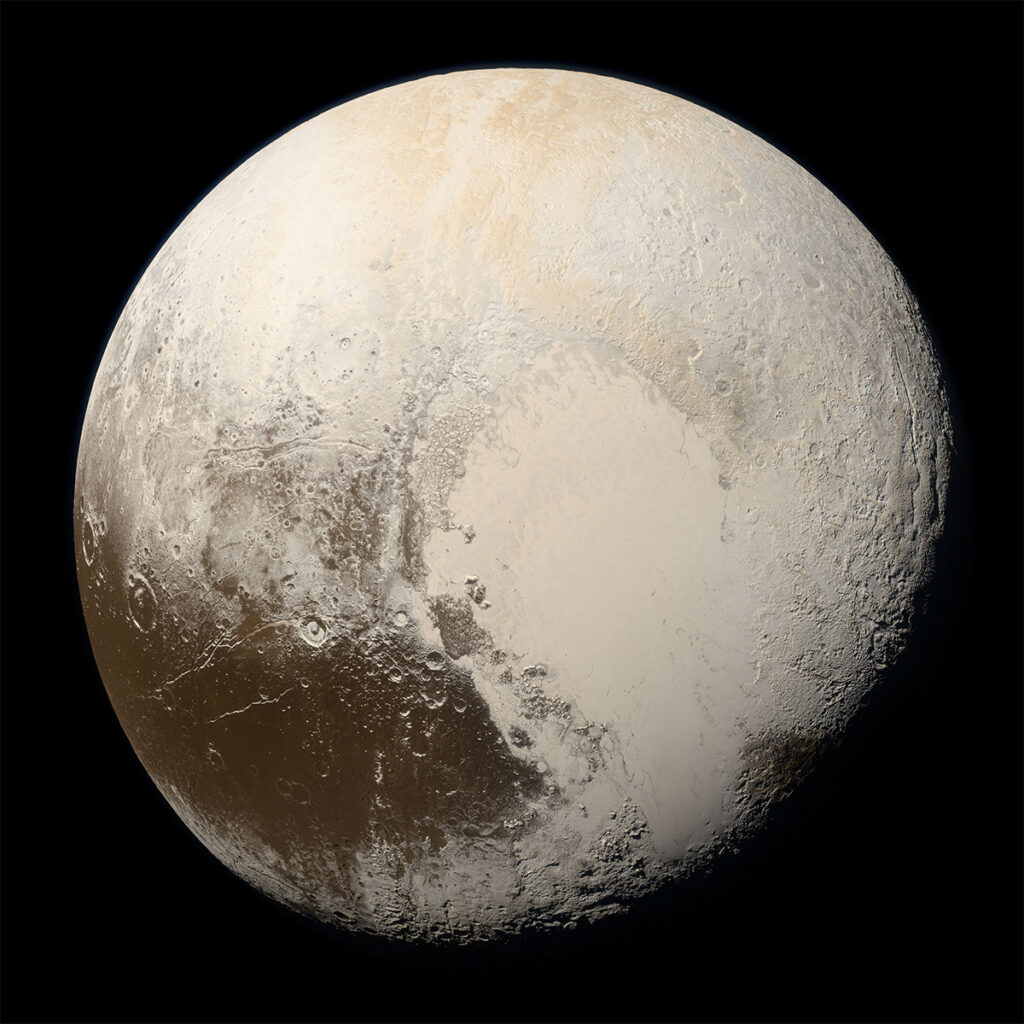
Planetoids, like most of the other large objects, are believed to have formed during the early stages of the solar system’s evolution. They formed out of the protoplanetary disk – a giant, rotating, flattened cloud of gas and dust that formed around the Sun after its formation – due to a process called accretion.
Accretion basically means that some tiny pieces of rock and dust clumped together due to gravitational forces. These pieces in turn formed larger and larger objects until they reached the size of asteroids, planets, and planetoids.
Planetoids are essentially building blocks that never coalesced into full-fledged planets due to various factors, such as gravitational interactions and the presence of larger bodies.
Notable Examples of Planetoids
There is a constant controversy about how many planetoids there are in the Solar system. The number ranges from five to seventeen depending on who you ask. Here is the complete list of planetoids and their names if you want to learn more about that.
Amongst these, the most notable planetoids are the following.
1. Pluto:
Pluto was once considered the ninth planet in our solar system before being reclassified as a dwarf planet. It resides in the Kuiper Belt—a region beyond Neptune populated by many small icy objects.
2. Eris:
Eris is another dwarf planet located in the Kuiper Belt. It gained fame for its role in the debate over Pluto’s status as a planet and eventually led to Pluto’s reclassification.
3. Ceres:
Ceres is the largest object in the asteroid belt between Mars and Jupiter and is classified as both an asteroid and a dwarf planet. It is of particular interest because it may have water ice beneath its surface, raising questions about the potential for life elsewhere in the solar system.
Significance of planetoids in the Solar System

1. Clues to Solar System Formation:
The study of planetoids provides valuable insights into the early history of our solar system. By analyzing their composition and orbits, scientists can piece together the conditions and processes that shaped the solar system.
2. Planetary Migration:
Planetoids also play a role in our understanding of planetary migration. The movement of planetoids and other celestial bodies during the solar system’s early days can help explain the current arrangement of planets and their orbits.
3. Potential for Resources:
Some planetoids, like Ceres, contain valuable resources such as water ice, which could be essential for future space exploration and colonization efforts.
Recent Scientific Discoveries
In recent years, space missions like NASA’s New Horizons and the Dawn spacecraft have provided us with unprecedented insights into planetoids. New Horizons conducted a flyby of Pluto in 2015, revealing details about its surface and atmosphere. Meanwhile, Dawn explored Ceres, shedding light on its unique features and composition.
In conclusion, planetoids are fascinating celestial objects that occupy a special place in our solar system. They are neither planets nor asteroids but serve as important clues to the history and composition of our cosmic neighborhood. As our understanding of planetoids continues to evolve through scientific exploration, we can look forward to even more exciting discoveries that will deepen our appreciation of the wonders of the universe.
Summary
- A planetoid is a mid-sized object that is larger than an asteroid but smaller than a planet.
- Planetoids are more commonly known as dwarf planets.
- There are 5 definitive planetoids in the Solar system and at least 12 possible candidates.

